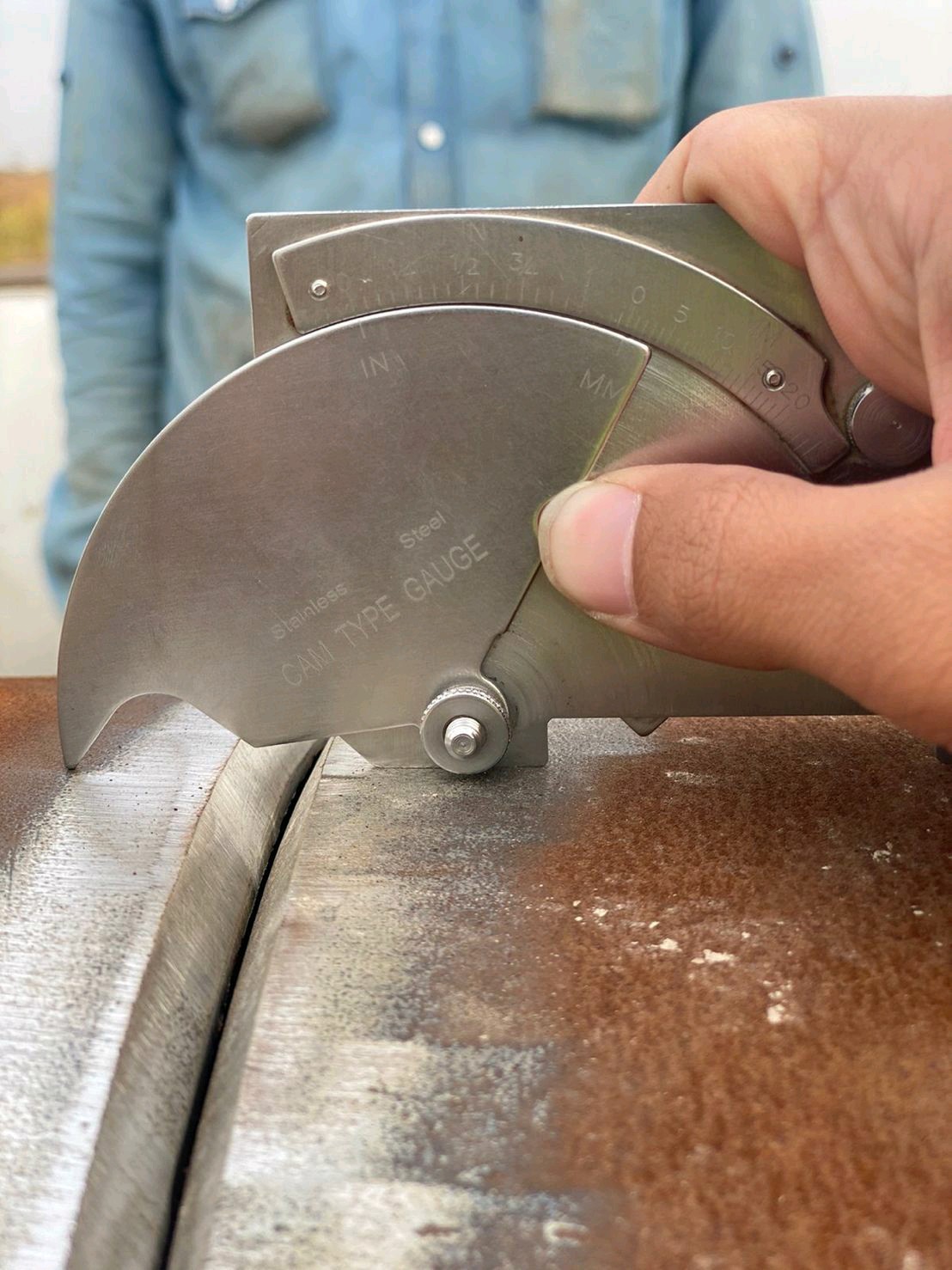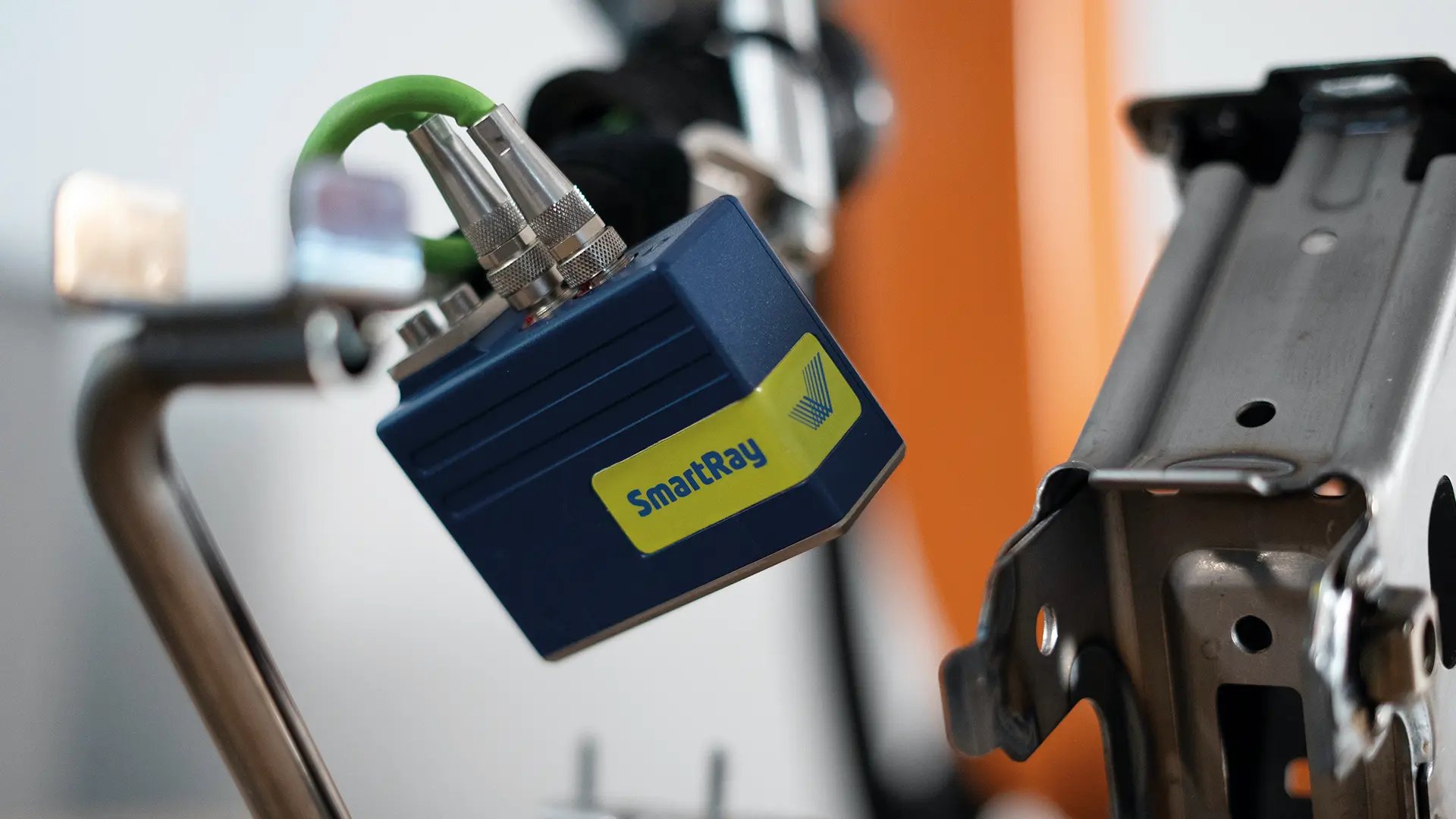The Value of Thorough Welding Evaluation in Industrial Applications
In the realm of industrial applications, the significance of meticulous welding examination can not be overstated. It plays an important role in making certain the architectural stability and longevity of bonded elements. Advanced non-destructive screening methods allow for the very early detection of potential flaws, such as cracks and insufficient fusion, which, if left unchecked, might result in tragic failures. Adherence to stringent sector standards not just ensures top quality but additionally builds client self-confidence. As we explore the complex benefits of thorough welding inspections, one need to take into consideration the broader effects on safety, dependability, and cost-effectiveness in commercial operations.
Enhancing Architectural Integrity
When it comes to welding assessment in industrial applications, boosting architectural stability is vital. The primary goal of welding examination is to guarantee that the welds are qualified of bearing the anticipated lots and stress and anxieties they will encounter in solution.
The value of preserving structural honesty in bonded frameworks can not be overstated. Poorly implemented welds can cause devastating failures, causing expensive repairs, downtime, and also endangerment of human lives. Inspectors play an essential function in the lifecycle of commercial elements, offering guarantee that the welding process provides the wanted stamina and toughness.
Additionally, advanced innovations, such as phased array ultrasonic testing and electronic radiography, deal enhanced capacities in discovering possible weaknesses, enabling rehabilitative steps prior to issues escalate. By focusing on the honesty of welds through precise inspection, markets can make certain functional efficiency and prolong the long life of their infrastructure.
Determining Welding Issues
Identifying welding problems is a vital facet of guaranteeing the safety and security and integrity of welded structures. These problems can jeopardize the stability of the whole setting up and, if left unaddressed, might bring about catastrophic failures. Usual welding defects consist of porosity, fractures, insufficient blend, and damaging. Each of these issues arises from particular reasons, such as incorrect welding methods, contamination, or poor warmth control.

Skilled examiners make use of both visual evaluation and progressed non-destructive screening (NDT) techniques, such as radiographic or ultrasonic testing, to discover these issues. The timely identification and rectification of welding issues are necessary to maintain the structural stability and durability of commercial parts.
Guaranteeing Conformity Requirements
Conformity with well-known criteria, such as those given by the American Welding Culture (AWS) and the International Organization for Standardization (ISO), guarantees that welds satisfy minimum safety and quality needs. These criteria include a broad range of standards, consisting of material specifications, welding treatments, and certification of welders.
Regular audits and assessments are essential in verifying compliance. Assessors need to possess a comprehensive understanding of the appropriate criteria and be proficient at utilizing various non-destructive screening (NDT) methods to evaluate weld top quality. By making certain that welding methods line up with compliance standards, firms mitigate the danger of non-conformity, which can result in lawful liabilities and safety and security threats.
Additionally, preserving compliance not just safeguards architectural stability however additionally enhances a firm's credibility in the industry. Clients and stakeholders are more probable to trust companies that consistently demonstrate a dedication to high quality and safety and security through rigorous conformity. Thus, making certain compliance requirements is a crucial component in the successful implementation of welding in industrial applications.
Lowering Maintenance Prices

The application of innovative non-destructive testing (NDT) approaches, including ultrasonic, radiographic, and magnetic bit examinations, enhances the capability to identify subsurface defects without endangering the structural integrity of parts. By utilizing these techniques, industries can considerably extend the life span of their devices, minimizing downtime and the associated monetary burden of upkeep activities.
In addition, a durable welding assessment regimen sustains the optimization of upkeep routines, shifting from responsive to predictive maintenance strategies. This positive technique not just reduces unexpected failures but likewise enhances resource appropriation, making certain that maintenance initiatives are concentrated and efficient. Eventually, the financial investment in strenuous welding evaluation is balanced out by the significant cost savings understood via reduced upkeep needs, contributing favorably to the overall functional performance of commercial business.
Improving Precaution
Welding evaluation plays an essential function in this context, as it makes sure check here that all joints and links meet rigorous security requirements. Comprehensive evaluations help identify defects such as cracks, porosity, or incomplete blend that might compromise architectural integrity.
To improve precaution, adopting innovative non-destructive screening (NDT) strategies is crucial. Approaches like ultrasonic testing, radiographic testing, and magnetic fragment assessment permit in-depth evaluation without damaging the framework. These modern technologies enable inspectors to find concealed imperfections early in the construction procedure, assisting in timely restorative actions. Implementing a robust top quality control system that consists of regular training for welders and assessors makes sure adherence to established safety standards.
Finally, promoting a society of safety within the organization stresses the significance of detailed welding examinations. Encouraging open communication and cooperation among welders, examiners, and designers adds to a shared dedication to security quality. Welding Inspection Madison. In doing so, industries can protect their procedures, safeguard employees, and maintain public count on

Conclusion
Complete welding inspection is vital in commercial applications, significantly enhancing architectural honesty and integrity. By using innovative non-destructive testing approaches, prospective welding flaws such as cracks and incomplete combination are identified early, ensuring conformity with sector requirements and cultivating customer trust fund. Strenuous evaluations result in lowered maintenance prices and add to a more secure working setting. Ultimately, the diligent execution of welding evaluations plays a crucial role in maintaining operational effectiveness and safety and security in industrial setups.
As we discover the multifaceted benefits of attentive welding assessments, one must think about the broader ramifications on safety and security, reliability, and cost-effectiveness in industrial procedures.
The key goal of welding assessment is to make certain that the welds are capable of bearing the anticipated tensions and lots they will experience in you could try these out service. Efficient welding examination plays an integral function in decreasing these expenses by making certain the integrity and longevity of welds, thus alleviating the threat Discover More of early failings.Comprehensive welding inspection is important in commercial applications, dramatically boosting architectural honesty and integrity. Inevitably, the diligent execution of welding inspections plays an important function in maintaining operational efficiency and safety in industrial settings.